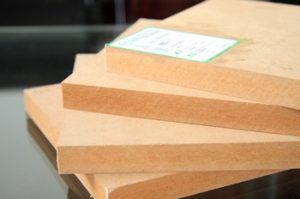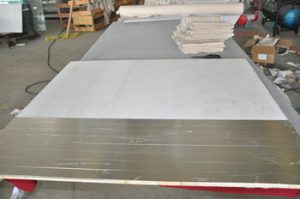Museum grade materials for Museum grade display cases
Generally most of museum objects are very sensitive and fragile to chemical pollutants so it is much necessary to build a conservational display space for museum objects in order to prevent museum objects from damage.The first important in terms of technology for museum grade display cases is to ensure the display space of display cases not contains any corrosive chemical elements or pollutants.
Materials used for building museum grade case must be chosen much carefully,to be suitable for permanent museum use because the component of materials will possibly become a significant source of pollutants or harmful fumes for displayed museum objects.Only environment-friendly and inert materials which passed by Oddy test or other reliable material testing by independent institutes can be applied to producing museum grade display cases,showcases,display cabinets,vitrines.
Any outgassing from materials for building museum display cases could be destructive for exhibits.The released pollutants may cause visible deterioration, including discoloration of surfaces and corrosion. Evaluative criteria to be used in deeming materials suitable for permanent use in museum exhibition could be the potential of contact-transfer of harmful substances, water solubility or dry-transfer of dyes, the dry-texture of paints, pH, and abrasiveness.For safe physical contact with displayed museum objects,materials for museum display cases must be chemically stable and not off-gas or physically degrade and produce any of the following : urea formaldehyde, free sulphate radicals, sulphides, free sulphur, chlorides, acetates,chlorine, formaldehyde, oxides of nitrogen, oxides of sulphur, ammonia, organic acids, disodium phosphate, di butyl phthalate, acid-hardened phenol formaldehyde resins, peroxides, volatile organic compounds, or plasticizers lacking long-term stability.
Museum display cases may be preferred, constructed of safe materials such as powder-coated metal, laminated glass, or some sealed ZF-MDF panels or Forex panels.Separating certain materials from the display area within museum display cases by lining the surfaces of materials with an impermeable sealing barrier film will protect museum objects from being possibly damaged.Any fabrics that line or decorate museum display cases case and the fixing means must be tested to determine no any risk.In regard to the finish of metal parts for museum grade display cases,eco-friendly epoxy resin powder for powder coating is preferable.


